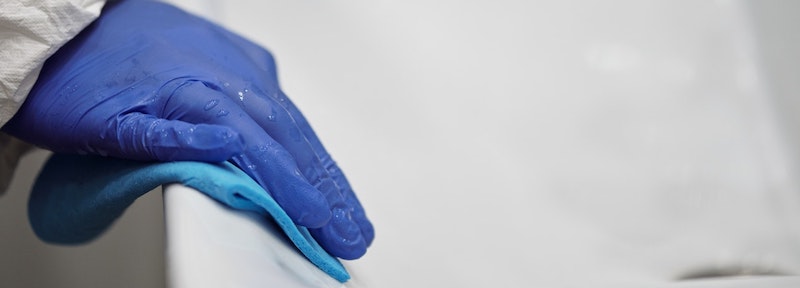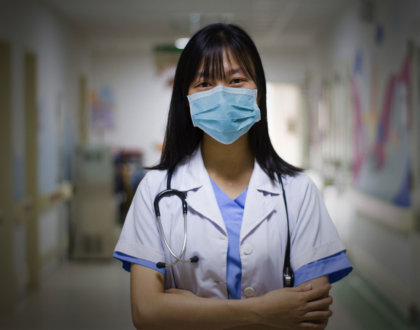5 Back-to-School Safety Tips During the COVID-19 Pandemic

Whether it’s in person, virtual or both, the start of the 2020-2021 school year is just a few weeks away. With COVID-19 not slowing down one bit, a doctor argues that it might be in the best interest of kids, teachers and staff if better infection prevention strategies are implemented at schools.
Across Texas, teachers and staff are readying the classrooms, hallways and cafeterias that will become the next front lines in the battle with the coronavirus pandemic.
While much teaching will continue online, most of Texas’ more than 1,000 school districts want to bring at least some students back to campuses.
It’s a tense moment, a fraught experiment to see whether students and educators can return to campus — and a semblance of a normal school year — without triggering further spread of the coronavirus and debilitating weakened communities.
Educators are aware of the risks, knowing it is possible that colleagues and students could become infected, even die. But they also believe there is value in getting kids back into schools. With enough masks, plexiglass shields, hand sanitizer and other precautions, they are hopeful of keeping their students, themselves and their communities safe.
Most are turning to guidelines set by the Texas Education Agency and Centers for Disease Control and Prevention, moving desks, installing dividers and putting up to signs to remind students — and each other — to keep a safe distance.
Kevin Kavanagh, MD says in a piece for Infection Control Today that infection preventionists should be working with schools systems to develop strategies and modifications that can help slow the spread of COVID-19 in schools.
As Kavanagh says, children tend to handle COVID-19 better than adults. But it’s not necessarily the kids that should be most concerned with the return of school. Kids with COVID-19 are often asymptomatic and can very easily pass on what they contracted at school to their parents, grandparents and younger siblings at home. And nearly a quarter of all school teachers are at higher risk for a severe case of COVID-19.
Experts agree schools should undergo “extensive infrastructure investments” to slow the spread of infectious diseases. With COVID-19 not slowing down one bit, a doctor argues that it might be in the best interest of kids, teachers and staff if better infection prevention strategies are implemented at schools.
This includes larger rooms with six or more feet of space between desks and windows that can be opened to let in fresh air. HVAC systems need to be upgraded. Common areas such as hallways, cafeterias and restrooms need to be redesigned to improve the flow of traffic and decrease contact between kids. Lunch should perhaps only take place in classrooms. Finally, hand sanitizer stations and soap dispensers need to be readily available and the surfaces surrounding these cleaning areas must be kept in pristine condition.
The number of deaths related to coronavirus continues to grow worldwide and will continue to grow as more people unknowingly spread the virus to others. Moving forward, once the dust settles on this pandemic, every organization will look at cleanliness in a new way. Regular and thorough cleaning and disinfecting has the power to protect people from becoming ill, and can even help prevent unnecessary deaths. Being prepared for the next outbreak, whether it is regional in scope or global like the current pandemic, will be crucial. The above best practices are an essential starting place for every facility.


The CoviScience Team is a group of professionals dedicated to helping our Pandemic torn nation get back to normal. We all recognize that helping each other to find, analyze and select home, office and educational solutions can be the difference between thriving and merely surviving. We encourage every0ne to participate in our online community by contributing, sharing and commenting. Stay Safe. Stay Healthy and Stay Happy. ~ The CoviScience Team.
Recommended Posts

WHO enlists more COVAX participants, clears 2nd rapid test
October 5, 2020

Checklist to Prepare Physician Offices for COVID-19
September 11, 2020




